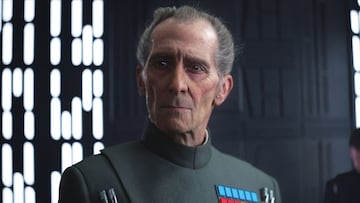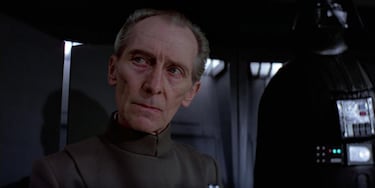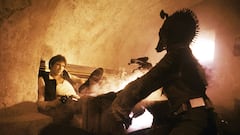'Star Wars': Disney sued for digitally resurrecting a classic character after the actor was dead
In Rogue One: A Star Wars Story, Tarkin looks exactly like his original portrayer, Peter Cushing.

Technology has opened up a profound debate about its limits. The development of artificial intelligence and digital effects has made it possible to bring deceased actors back to life on screen. One of the first to do so was British actor Peter Cushing, who played Grand Moff Tarkin in Star Wars Episode IV: A New Hope. The character returned in 2016′s ‘Rogue One: A Star Wars Story,’ though Cushing had been dead for more than two decades by then. Now, a friend of the actor has called out Disney for the move, according to The Times.
The makers of ‘Rogue One’ are facing a legal battle following a lawsuit filed by film producer Kevin Francis, one of Cushing’s closest friends. He claims the late actor never gave permission for his appearance to be recreated through special effects without his express consent. The High Court in London has refused to dismiss the “unjust enrichment” claim, so the case will go ahead.

Disney paid for the use of Peter Cushing’s image
The lawsuit has been channeled through Tyburn Film Productions, owned by Francis, which has sued Lucasfim and Lunak Heavy Industries, the producer of ‘Rogue One’. It has also taken action against Associated International Management, the agency that represented the actor until his death from prostate cancer in 1994.
Related stories
Disney felt that they did not need permission to recreate Cushing due to the original terms of his contract and the nature of the special effects, but ended up paying £28,000 to the people in charge of the actor’s estate. However, Peter Cushing signed an agreement in 1993 stating that his image could not be used without Francis’ consent.
Alien Romulus, the latest installment in the franchise, brought back Ian Holm’s character with the same physical appearance, although in this case they had the full approval of his family.



Complete your personal details to comment